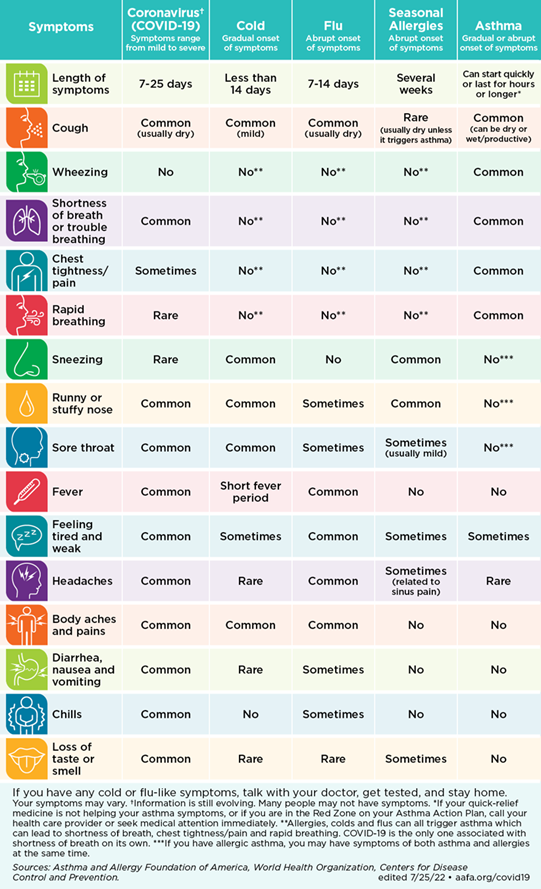This is the time of year when pediatric hospitals fill with children who have respiratory syncytial virus or RSV.
You probably have heard the reports on the news that pediatric hospitals and pediatric units in community hospitals are at capacity. Sometimes, temporary hospitals are established to accommodate the vast numbers of children. Unfortunately, the number of cases has increased greatly this year.
Interestingly, this is a very common virus. Your child has probably already had the virus by the time they are two years old. As adults, we most likely have all had it many times. Often it is overlooked as a cold. RSV is a virus that spreads like other viruses, through expelled respiratory droplets that are either directly breathed in (so small that you cannot see it) or through touching the virus on a surface and then touching your face. It can live on surfaces for hours. You can also get the virus yourself by kissing the face of one child and then spreading it by kissing another child or loved one.
Some are more susceptible to advanced cases of RSV. This includes children and the elderly, those with chronic health conditions, asthma or respiratory compromise, and those with immunocompromise or chronic healthcare issues. Children with neurological issues may have respiratory compromise due to weakened muscles for breathing or decreased autonomic nervous system function.
Especially in children with neurological issues, breathing can be affected due to decreased function in muscles, including the diaphragm, which pulls the lungs down to bring in air, intercostal muscles, which are those between the ribs to pull the lung outward; and the abdominal muscles which also help pull the lungs downward. These are the main three breathing muscles. Other muscles include the neck, chest, and back muscles that assist with breathing as well. The phrenic and vagus nerves cause and control breathing. If these nerves are weak, breathing is affected.
The autonomic nervous system (ANS) is the part of the nervous system that controls automatic body functions that we do not think about. This includes many body functions such as breathing, digestion, heart beating, and blood circulation, just to name a few. Response to infection is the responsibility of the ANS. People do not often think about this responsibility of the ANS but it is very important. Suppose the ANS is affected by neurological disease or injury. In that case, it may not recognize a pathogen invader like a virus or bacteria, may not respond to its presence quickly enough to mount an effective defense, or may not respond at all. This gives the invader, time to multiply out of control.
RSV is a virus that enters a human's cells, takes over the reproductive structure of the cell, and uses that system to multiply itself. Most children who develop RSV will appear to have a mild cold, but their bodies will eliminate the virus using their natural antibodies. Children with breathing or neurological issues may not have the immune response to eliminate the virus from their bodies.
RSV develops over a short amount of time, usually not all at once. It develops in severity. The symptoms are the same as symptoms of the cold or flu. Per the Centers for Disease Control, the symptoms of RSV are:

A laboratory test called rapid antigen testing will confirm the diagnosis of RSV in children. This test is not as definitive in older children or adults.
Unfortunately, a cold, flu or COVID can occur at the same time as RSV, which compounds the illness. It is best to check with your child’s healthcare professional to assess their health status. Difficulty breathing, blue tinge around the mouth or on fingers or toes, low or no urine output, changes in mental status, uncontrolled fever, or any other alarming symptom is time for a call to 911. This chart will help you recognize symptoms of cold, flu, COVID, or RSV. It is provided by the Asthma and Allergy Foundation of America, the World Health Organization, and the Centers for Disease Control. Treatment for RSV at home includes rest, over-the-counter medications for fever and congestion, nasal drops, and sprays. A bulb syringe can remove mucous in the nose. Cool mist humidifiers moisten the air to help a stuffy nose and thin secretions. Be sure to clean the humidifier per manufacturer specifications to avoid an additional bacterial infection. Hydration is critical, especially as children become dehydrated much faster than adults. Hospitalized children may require fluids by I.V., supplemental oxygen through a nasal cannula, mask, or tent. Those with severe cases may require mechanical ventilation.
A monoclonal antibody injection is available to those with severe cases of RSV as well as a prevention for children most at risk. The drug, Palivizumab, is an immune system protein developed for infants with prematurity, chronic lung disease, or congenital heart disease. It can be given to fight RSV. If your child is at high risk, it can be given monthly as a preventative. A vaccine is being developed and is currently being tested in Europe. It is close to being approved for testing in the U.S.

